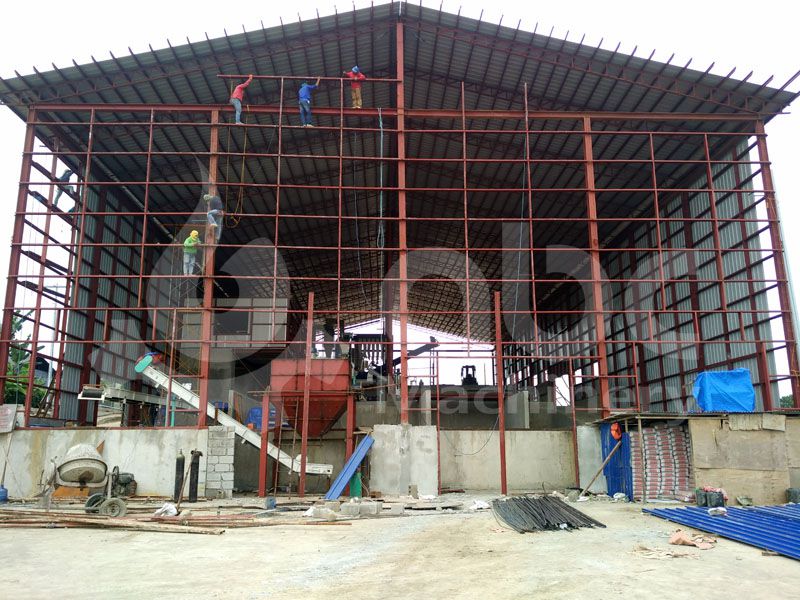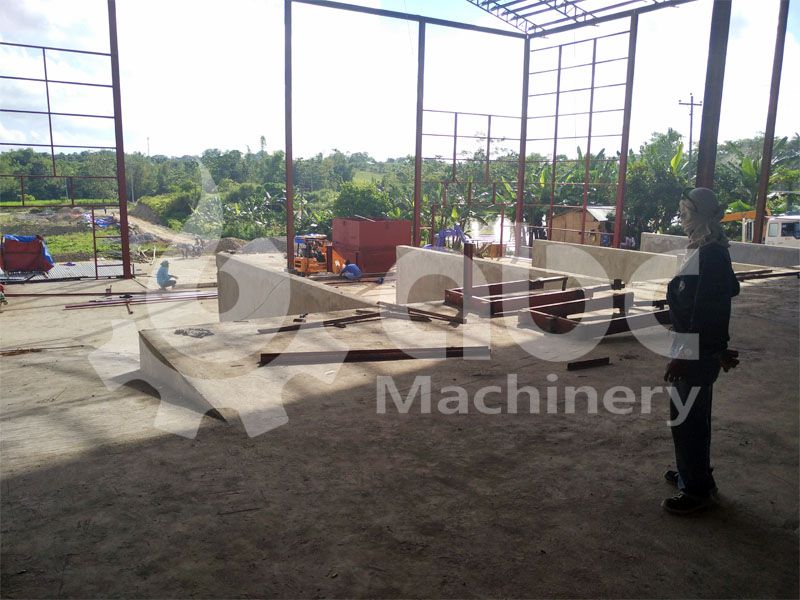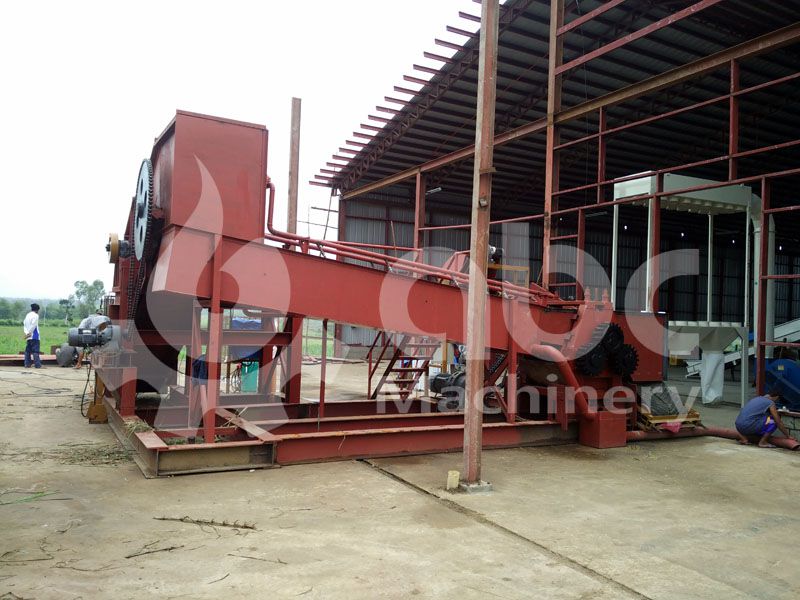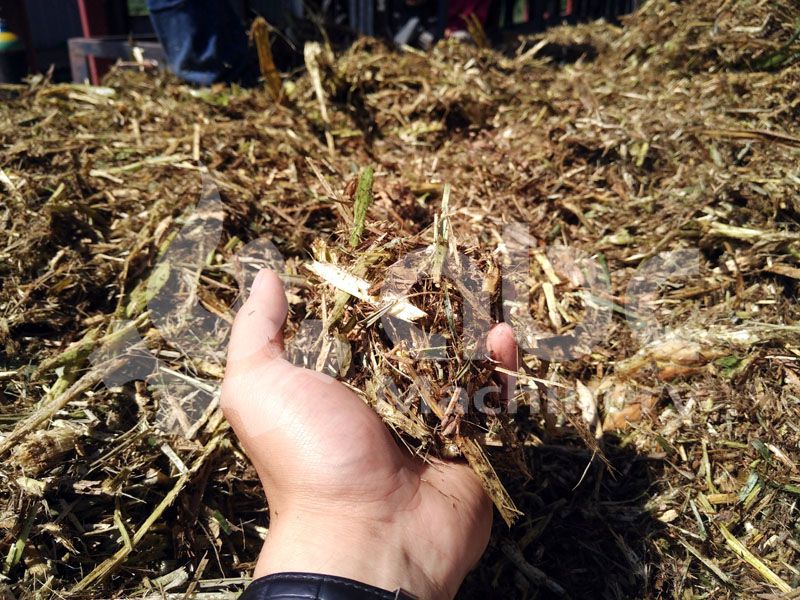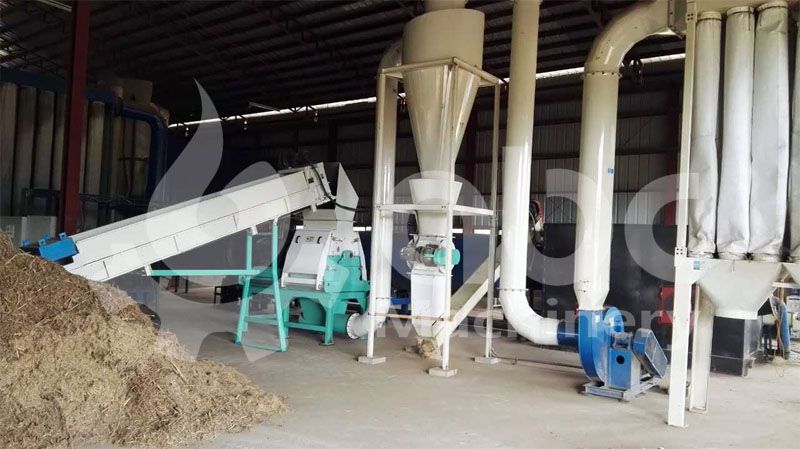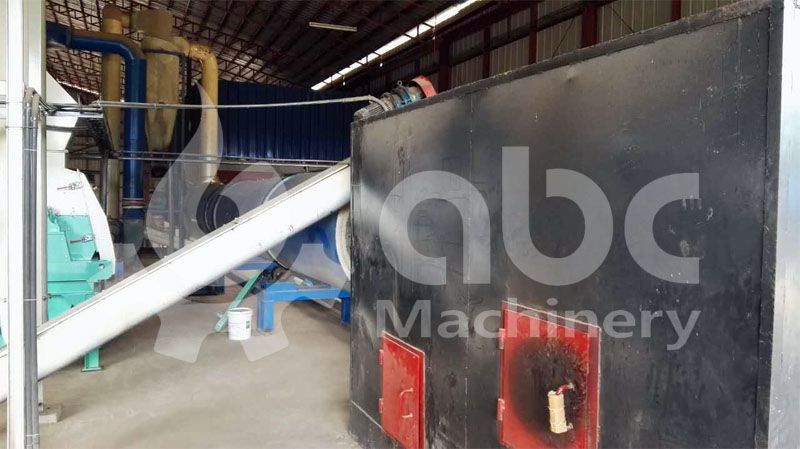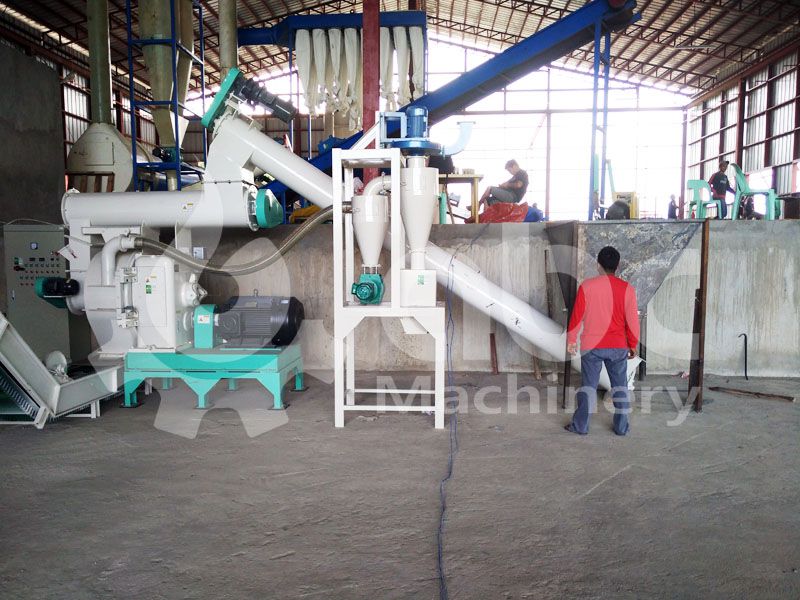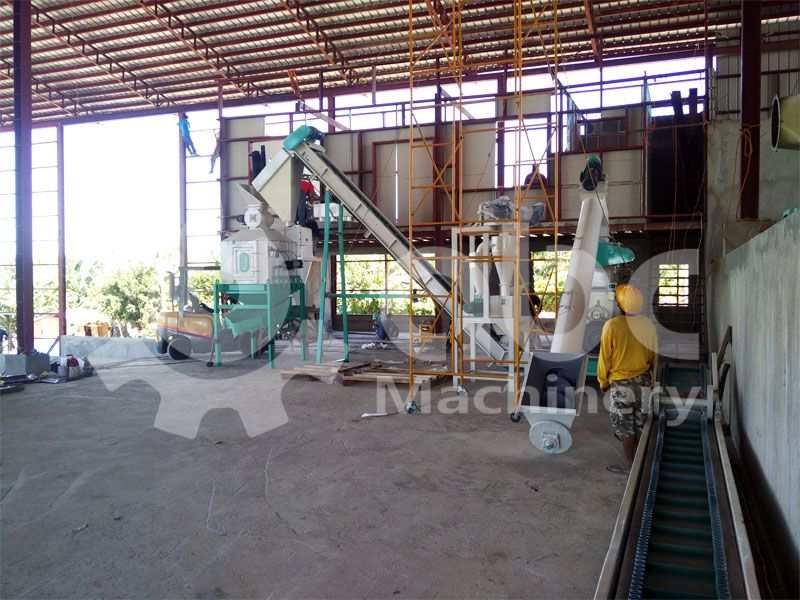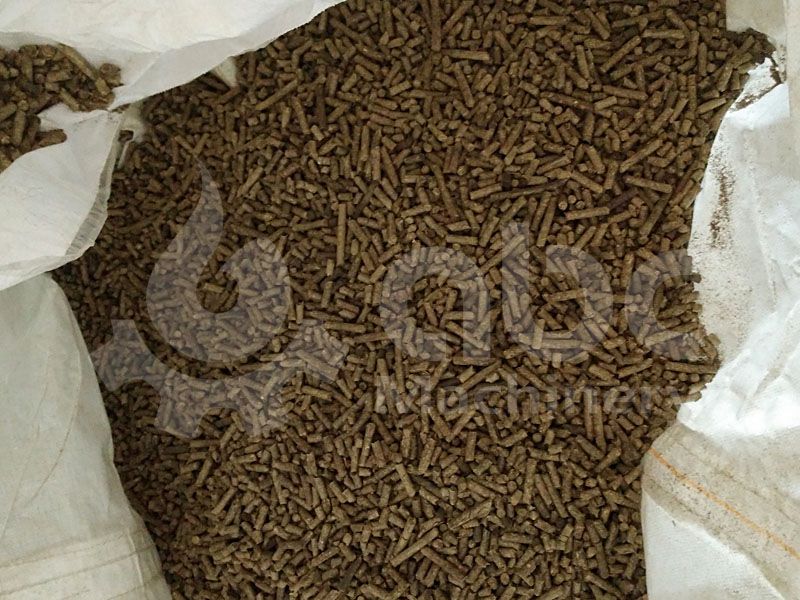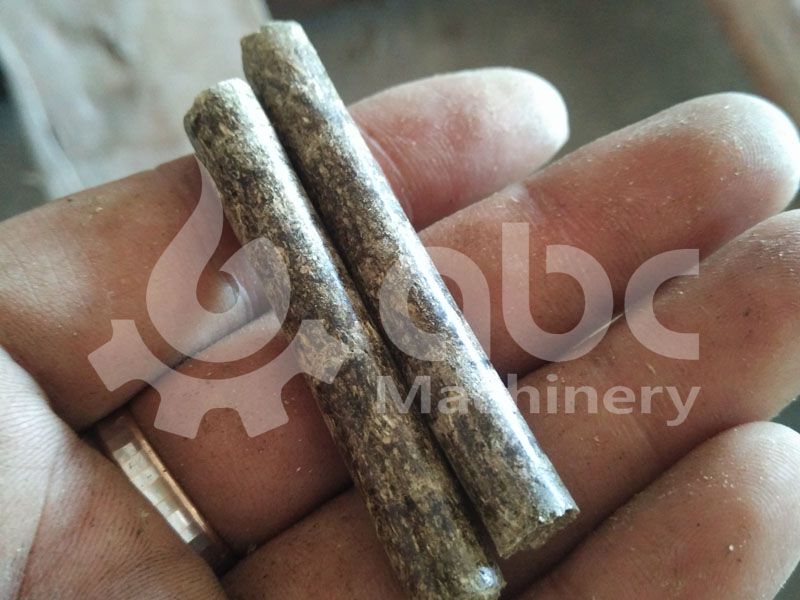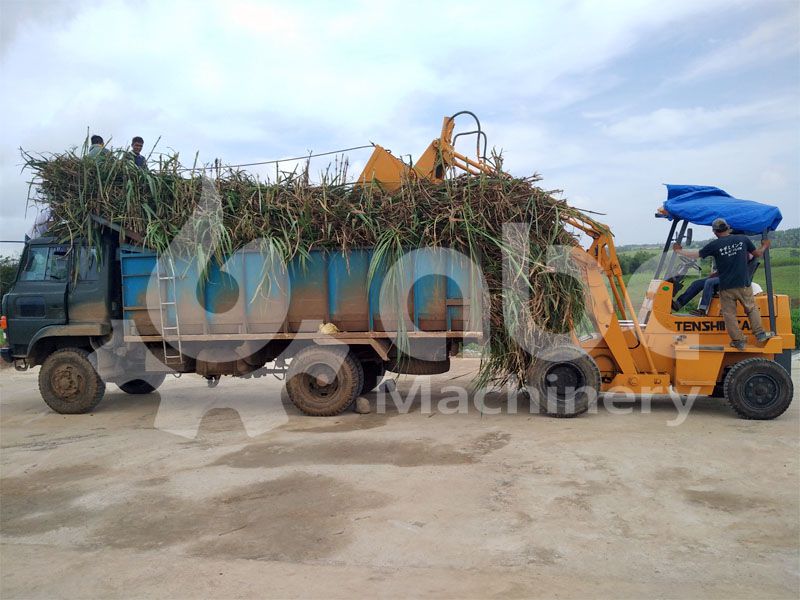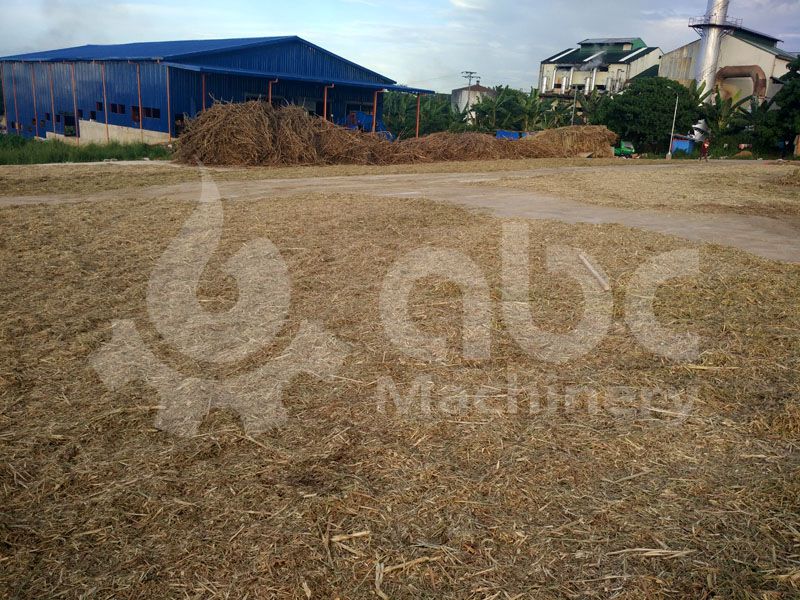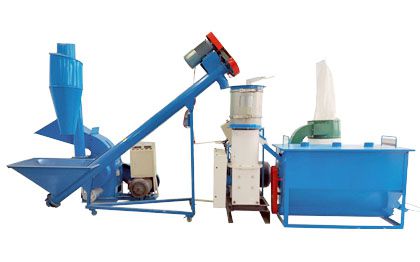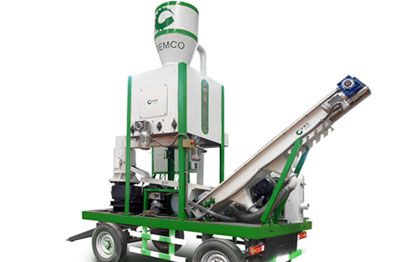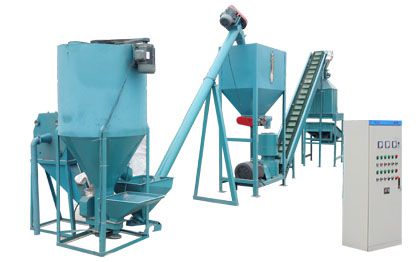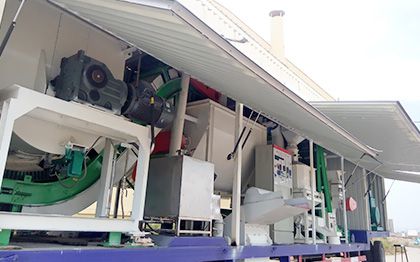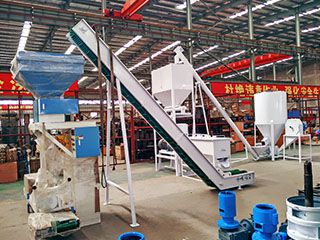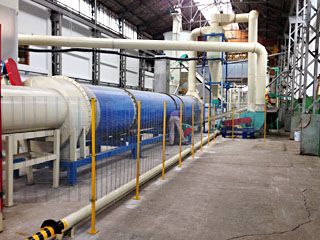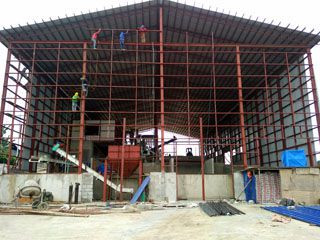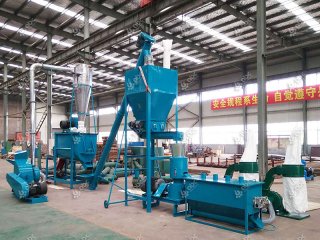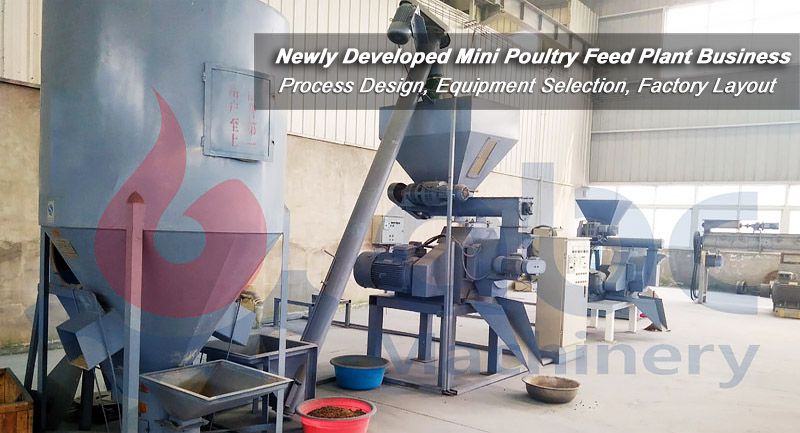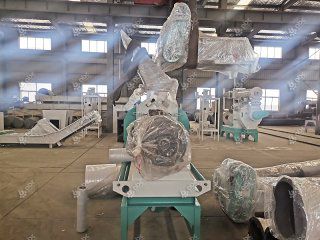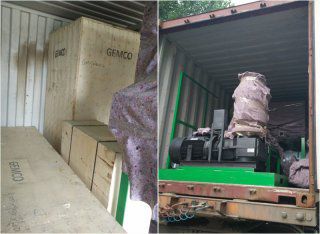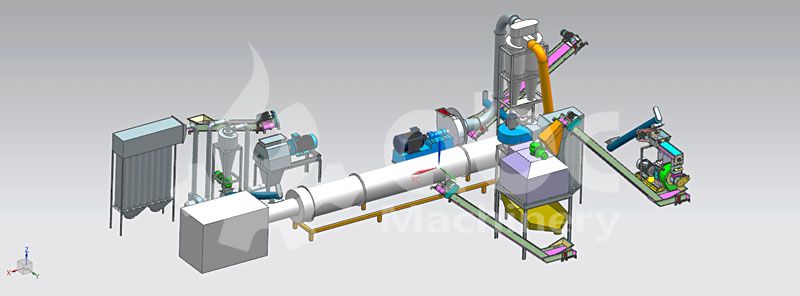
Equipment Layout
Project Name: Biofuel Pellet Machine Line
Plant Location: Philippines
Production Output: 2 tons pellets can be manufactured per hour
Raw Material: Giant King Grass (It is also known as elephant grass, Napier grass or Uganda grass)
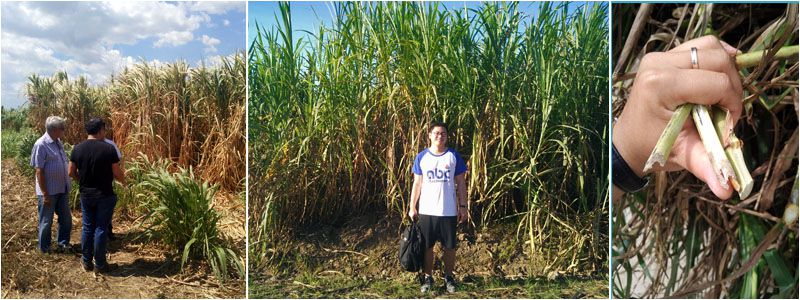
Field Trip

Project in Construction
This production line of biofuel pellet machine was designed for processing energy crop and grass. It was built for our client in the Philippines who is a planter of Giant King Grass and owns his plantation . Before setting up this line, he has bought one unit of our small pellet machine for trail production and the pelletizing result was very well. (Related News: 2 TPH Napier Grass Pellet Production Machine Exported to the Philippine)
Biofuel Pellet Machine Line Photos
The following photos were taken during the field visit and project construction. Don’t hesitate to get in touch with us if you have any question or need detailed equipment information and price!
Giant King Grass Processing Market
Reputably referred to as Napier grass in many areas, the Giant king grass stands out as the most cultivated biomass in tropical and subtropical regions. These are areas with high sunlight intensity of say, more than 100 days per year. The Elephant grass grows rapidly due to supportive factors such as, the mentioned sunlight intensity and annual rainfall of about 32 inches. Harvesting of the grass at these conditions, normally is done after 195 days after the first planting time of pellets. Afterwards, it can be harvested at intervals of 120 days with the average height of 13 feet. Annually, a farmer can get an output of say, 375 metric tons of Napier grass.
Giant King Grass - High Valued Fuel Resource
Napier grass has the potential as an energy plant to produce about 18.4 Mega Joules of energy per kilogram. Keen analysis shows that, there are similarities between the Napier grass and the Corn Stover. The elephant grass through its mass productivity can be an excellent source of biomass production. Comparison of the giant king grass, corn Stover and Miscanthus shows why it(Napier grass) is the best option
Significance and Advantages of Grass Pellets
The grass has potential mass yield with low input costs. This is as it needs no special attention or pesticides. Little fertilizer is required and that its growth and processing is easy. The grass has high energy content and burning performance.
How Pellets are Made in Biofuel Pellet Line?
The biofuel pellet line process of all biomass crop including straw and grass are generally the same. Below listed the basic production process from biomass crop to biofuel pellets.
- Drying: After harvesting, the moisture content of the biomass crop is generally very high, about 70%~75%. It needs to be reduced to about 10%.
- Crushing: The biomass crop is mostly tall and thin. They should be crushed to small size, about 5mm.
- Pelletizing: It is the key process of pellet production line, which directly impact the quality of final biofuel pellets. Choose high quality pellet machine to make premium biomass pellets.
- Cooling: Newly produced pellets are soft and hot which need to be cooled to room temperature to become hard and durable.
- Packing: You can choose the pack or bag the pellets automatically according to your needs.

